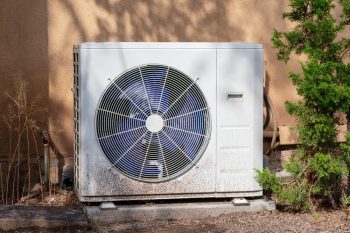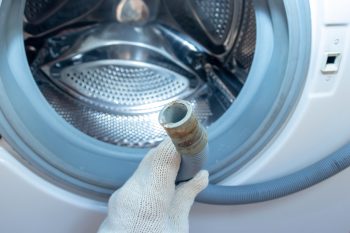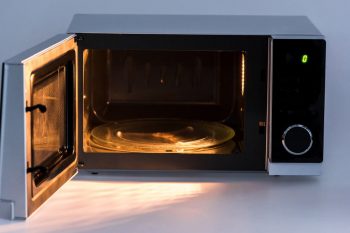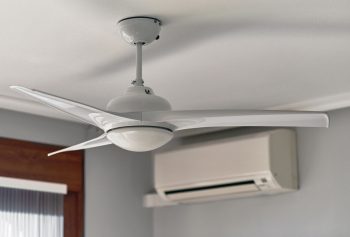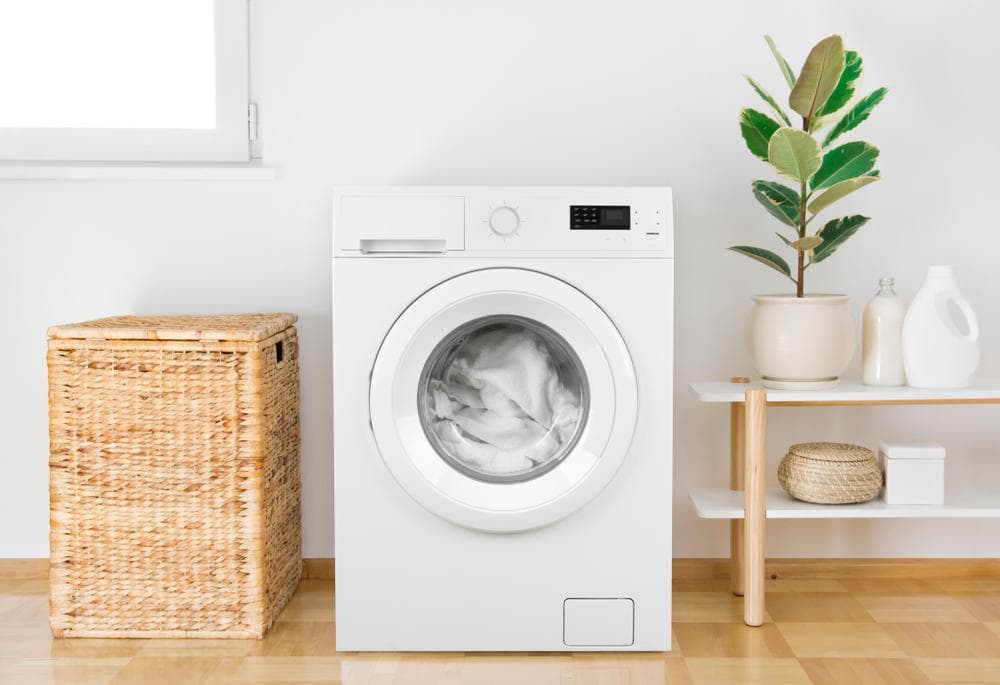
A washing machine overflowing with bubbles is a common issue that many homeowners face. It can be a daunting problem, especially if you’re unsure of the cause or how to fix it. But fear not, this comprehensive guide is here to help you understand why this happens, how to handle it, and how to prevent it from happening in the future.
When your washing machine overflows with bubbles, turn off the power from the circuit breaker, sprinkle salt over the bubbles to stop them, remove the clothes, check the drain hose, and run a rinse cycle if possible. Clean up the water and bubbles using a mop, bucket, and towels, and use salt or cold water to break down the suds. To prevent this from happening in the future, use the correct amount and type of detergent, don’t overload the machine, and regularly check the drain hose. If the problem persists, call a professional.
Why Does a Washing Machine Overflow with Bubbles?
There are several reasons why a washing machine might overflow with bubbles. The most common causes include:
- Excessive Use of Detergent: This is a common mistake. Using too much detergent can cause an excess of foam and bubbles. This is especially common in areas with soft water or when the laundry is only lightly soiled.
- Wrong Type of Detergent: High-efficiency washing machines require specific, low-sudsing detergents. Using regular detergent in these machines can result in too many suds and an overflow of bubbles.
- Overloading the Machine: Overstuffing the washing machine with laundry can cause it to overflow with bubbles. It’s always best to follow the manufacturer’s instructions regarding load size.
- Clogged or Misplaced Drain Hose: The drain hose plays a crucial role in removing water and suds from the machine. If it’s clogged or not properly positioned, it can lead to an overflow.
Immediate Steps to Take When Your Washing Machine Overflows
If you find your machine overflowing with bubbles, here are some immediate steps to take:
- Turn off the Power: Safety first, always. Don’t try to unplug the machine directly. Instead, turn off the power from the circuit breaker or fuse box.
- Stop the Suds: Sprinkle a layer of salt over the bubbles. Salt is known to kill soap suds effectively.
- Remove the Clothes: Remove the clothes from the machine and wring them out. Set them aside for now.
- Check the Drain Hose: Make sure the drain hose is not clogged or misplaced.
- Run a Rinse Cycle: If possible, run the washing machine on a rinse cycle to remove excess soap.
Cleaning Up the Mess Safely
Cleaning up after a washing machine overflow can be a messy job. Here’s how to do it safely:
- Turn Off the Power: As mentioned before, always ensure the machine is disconnected from the power source.
- Soak Up Water and Bubbles: Use a mop, bucket, and towels to soak up as much water and bubbles as possible.
- Use Salt or Cold Water: Both can be effective in breaking down the suds. If there’s a soapy film on the floor, clean it with a mixture of white vinegar and water.
- Dry the Area: Use fans or a dehumidifier to dry out the area and prevent mold growth.
Preventive Measures for the Future
To avoid this issue in the future, take these preventive measures:
- Use the Right Amount of Detergent: Always follow the manufacturer’s instructions on detergent usage.
- Don’t Overload the Machine: Resist the temptation to cram in just one more item. Overloading can cause numerous problems, including an overflow of bubbles.
- Regularly Check the Drain Hose: Make sure the drain hose is not clogged or misplaced.
- Use the Correct Detergent: High-efficiency washing machines often require specific detergents that produce fewer suds and bubbles.
- Register Your Machine: Registering your appliance with its manufacturer keeps you informed of any recalls or issues that could potentially cause problems.
When to Call a Professional
If your washing machine continues to overflow even after you’ve taken these steps, it may be time to call in a professional. Issues like a faulty water inlet valve, a defective pump, or a malfunctioning pressure switch are not something you should attempt to fix yourself unless you have the necessary skills and experience.
Remember, regular maintenance and proper use of your washing machine can go a long way in preventing issues like an overflow of bubbles. Always follow the manufacturer’s instructions and don’t hesitate to seek professional help when needed.
Frequently Asked Questions
What type of salt should I use to kill the soap suds?
Any type of table salt will work to kill the soap suds. You don’t need to use a specific brand or kind.
What is a high-efficiency washing machine?
A high-efficiency (HE) washing machine is designed to use less water and energy than traditional models. They typically have a front-load design and require specific low-sudsing HE detergents.
How do I know if my drain hose is clogged?
Signs that your drain hose might be clogged include the washing machine not draining properly, water leaking from the machine, or the machine overflowing with bubbles.
Why does overloading the washing machine cause it to overflow with bubbles?
Overloading the washing machine leaves less room for water to circulate and rinse away the detergent. This can result in an excess of suds and bubbles.
How often should I check the drain hose?
It’s a good idea to check the drain hose every few months or anytime you notice issues with the washing machine draining properly.
Can I use any type of detergent in my high-efficiency washing machine?
No, high-efficiency washing machines require specific, low-sudsing detergents. Using regular detergent in these machines can result in too many suds and an overflow of bubbles.

